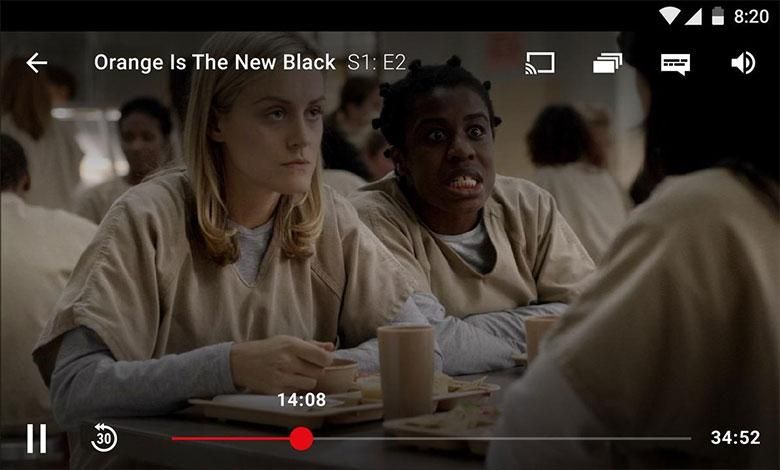If you turn to Netflix to scratch your media itch, there’s a good chance you find yourself streaming its content on all manner of devices, across drastically different networks. Netflix already tries hard to make sure that the video you’re streaming on your 50-inch home television over your fiber connection looks as good as the video you stream on a tablet over the local coffee shop’s WiFi, and does so by encoding media in a number of resolutions, at varying bitrates. And while that works pretty good, the company thinks it can do even better, so this week it’s announcing a new encoding strategy that aims to maintain quality while reducing bandwidth – a factor that’s of paramount importance to mobile users.
The problem with the system Netflix currently uses is that it’s a bit of a one-size-fits-all encoding method. While media’s available at varying resolutions and bitrates, the formula Netflix uses to encode that video doesn’t take into account the nature of content. As a result, simpler, more easily compressed video (like cartoons with their solid colors and relatively low movement) is often given more bandwidth than it really needs.
Going forward, Netflix will tweak its compression with per-title encoding, optimizing compression and resolution settings for the source material. That means that especially on low-bandwidth connections, users will be more likely to be able to stream high-res, high-quality video. And when there is bandwidth to spare, the system’s capable of increasing image quality to levels not previously attainable.
This change won’t be happening overnight, as Netflix goes back and re-encodes its existing library, but look for more and more titles to receive this optimization as we move into the new year.

